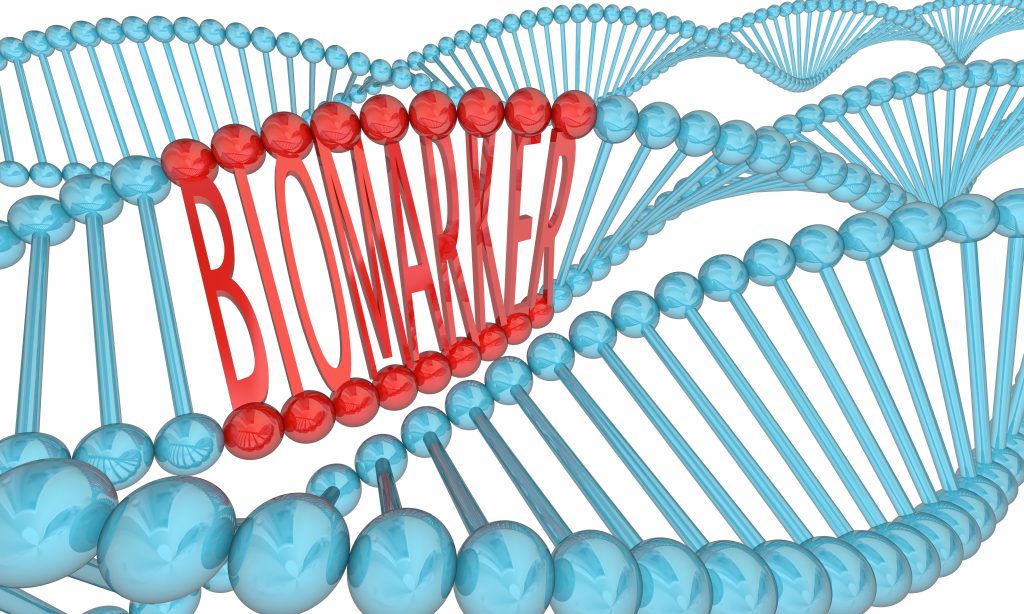Arq. Bras. Cardiol. 2021; 116(6): 1057-1058
What Is the Role of Kidney Injury Biomarkers in Contrast-Induced Nephropaty?
This Short Editorial is referred by the Research article "Kidney Injury Molecule-1 Is Associated with Contrast-Induced Nephropathy in Elderly Patients with Non-STEMI".
Contrast-induced acute kidney injury (CI-AKI) is a potential severe complication in the use of iodinated radiological contrast media and is associated with higher rates of morbidity and mortality and increased length of hospital stay in patients undergoing cardiac catheterization. Its incidence is variable in the literature according to the criteria used for its diagnosis. The CI-AKI definition most often used in clinical trials is an increase in serum creatinine (Cr) levels of 0.5 mg/dl or 25% over baseline within 72 h after exposure to contrast medium.
However, Cr has a number of limitations as a marker of renal function. Its serum level is influenced by external factors such as sex, age, skin color, weight and muscle mass. It underestimates renal function in women, in the elderly or in underweight individuals. Its variation overestimates renal damage in individuals with previous kidney failure. Another important limitation is the fact that Cr rises only after 24 h of an acute kidney injury, being considered a “slow marker” of acute kidney injury. ,
[…]
644

